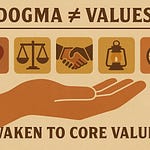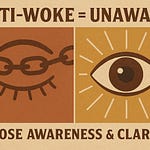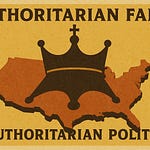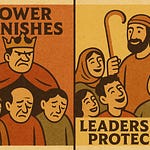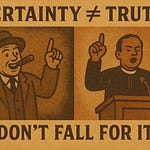Welcome to another Bonus Edition of the MTB podcast—a segment of the weekly episode that I call Afterthoughts! This is my favorite part of these weekly presentations because it gives me a chance to dig a little deeper into something that came up during the main episode.
So, in this week’s main presentation, we talked a lot about how symbols can shape what we believe—sometimes before we’ve even had a chance to think about it. From empty tombs to crosses on steeples, the Christian tradition is filled with strong emotional images. But when we peel back the layers and actually ask, “Where did this symbol come from?” things get interesting. And sometimes a little awkward.
So, let’s start with a question most people never even think to ask: Why is the cross the symbol of Christianity?
Seriously—Jesus’ followers didn’t run around wearing little gold crosses on chains. For the earliest believers, the cross wasn’t a symbol of hope or redemption. It was an execution device. It would’ve been like using a noose or an electric chair to represent your faith community. Kind of a hard sell at the farmers market.
So how did we go from a community that quietly shared a fish symbol to one that proudly displays crosses everywhere—from churches to coffee mugs to bumper stickers?
That’s what we’re exploring in this episode of Afterthoughts. This isn’t just trivia—it’s a case study. A way to understand how movements evolve, how their symbols change, and how those changes reflect the priorities, the power structures, and the values of the people involved. And if we want to build better stories, healthier communities, and a more thoughtful world, then this kind of symbolic archaeology is exactly where we need to start.




